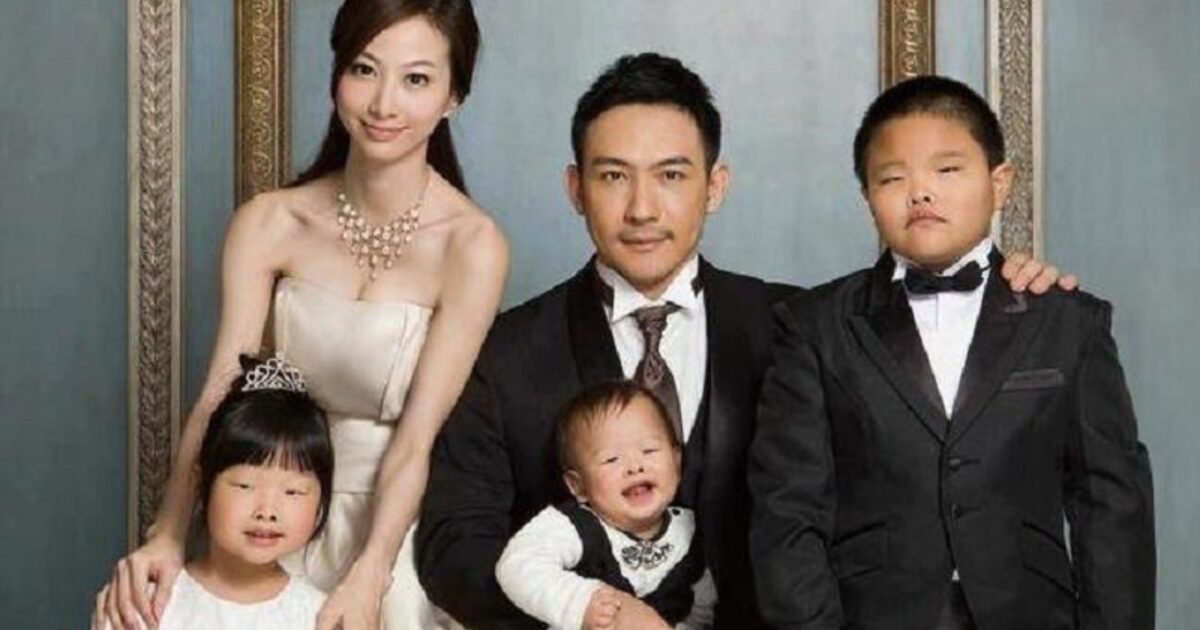A sensational story has emerged involving a man who divorced and subsequently sued his wife after accusing her of giving birth to “ugly” children. This narrative first gained traction in 2004 and revolves around a Chinese man named Jian Feng. He claimed that upon the birth of their first daughter, he was horrified by her appearance, leading him to suspect his wife of infidelity.
Initially, Jian Feng believed that he could not father an unattractive child. Following a DNA test that confirmed his paternity, his wife revealed that she had undergone extensive cosmetic surgery in South Korea, reportedly costing around $100,000. This revelation led Feng to file a lawsuit against her for deceit, alleging that she had misled him about her appearance before they married. The case concluded with a judge ruling in Feng’s favor, ordering his ex-wife to pay $120,000 in damages.
According to reports from the Irish Times, Feng expressed his shock, stating, “I married my wife out of love, but as soon as we had our first daughter, we began having marital issues. Our daughter was incredibly ugly, to the point where it horrified me.” This statement reflects the gravity of the situation and the social implications of beauty standards in relationships.
Viral Misconceptions and Urban Legends
The story resurfaced nearly a decade later, in 2012, when it went viral online, gaining attention from various news outlets including MSN and FOX. Along with the article, a family photograph was circulated, purportedly showing Jian Feng and his children. However, this image sparked further scrutiny. It included three children, contradicting the original claim of a singular “ugly baby girl.” The oldest child depicted in the photo is a boy, raising questions about its authenticity.
The photograph in question originated from a Taiwanese advertisement for a plastic surgery clinic featuring model Heidi Yeh. The image was digitally altered to create a perception of “ugliness,” and Yeh later filed a lawsuit for misappropriation due to the damage to her reputation. This detail underscores the complexity of the story and highlights how misinformation can propagate on social media.
Despite its viral popularity, the foundations of this story are shaky. The primary source, the Heilongjiang Morning Post, has a track record of publishing sensational tales without proper verification. This includes other dubious urban legends, such as a fictional account of a man meeting his online girlfriend only to discover she was his son’s wife. The newspaper later apologized for spreading the story without fact-checking.
Understanding the Impact of Urban Legends
The Jian Feng case serves as a cautionary tale about the nature of urban legends and their ability to mislead the public. Despite being presented as factual, the story illustrates the misconceptions surrounding beauty and the lengths to which individuals may go to achieve societal standards.
In this instance, what began as a personal dispute transformed into a global phenomenon, prompting discussions about marital expectations, cosmetic surgery, and the impact of societal pressures on personal relationships. As the tale continues to circulate, it raises questions about the responsibility of media outlets in verifying the authenticity of the stories they report.
Ultimately, while the incident reflects deep-seated beliefs about beauty and deception, it also highlights the need for critical thinking in an age where misinformation can spread rapidly.







